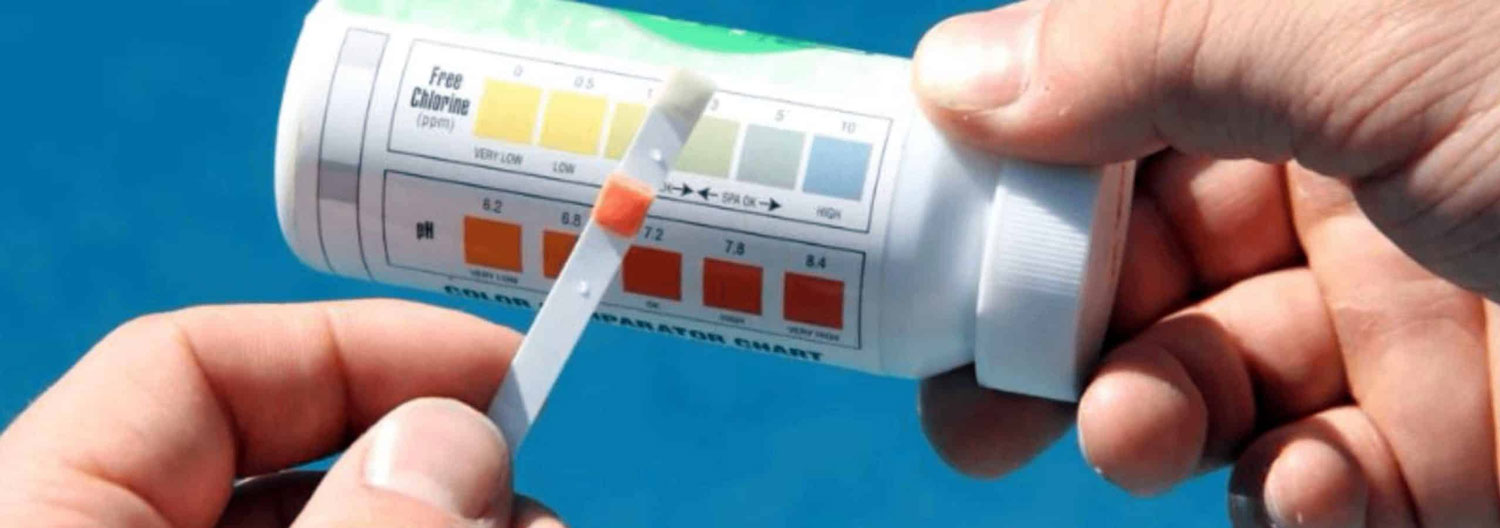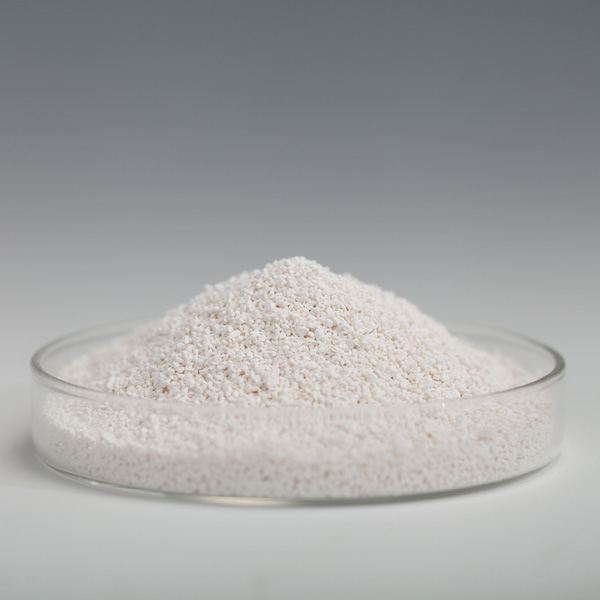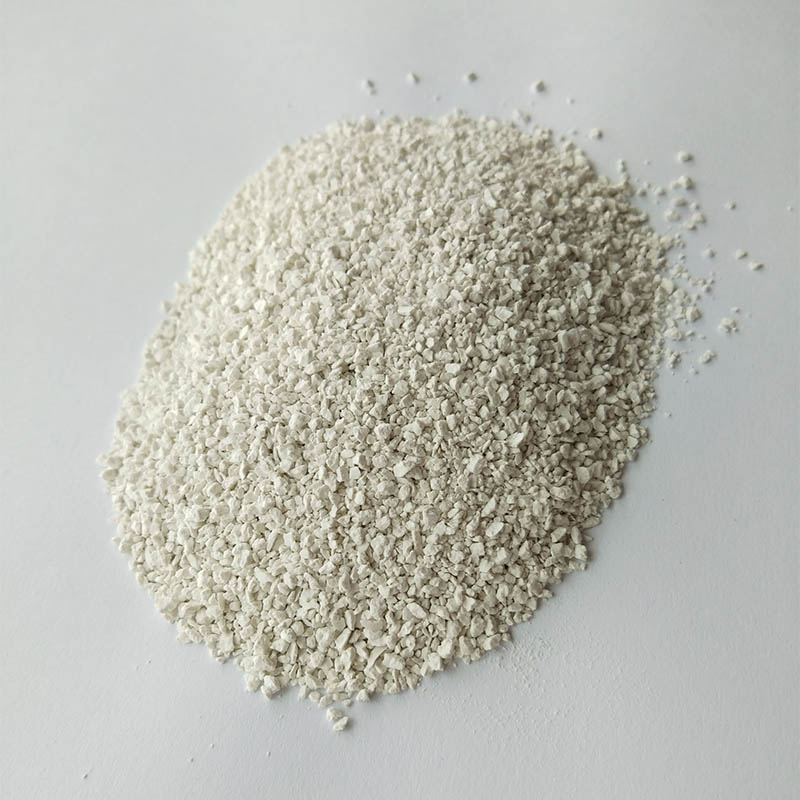Chlorine in swimming pools is a key ingredient to keep water clean and safe. Pool chlorine plays a key role in pool disinfection, sterilization and algae growth control. Pool chlorine level is one of the important indicators that everyone pays attention to in daily maintenance. Too high or too low chlorine content in the pool will affect the water quality and the disinfection effect.
In this article, we will further explain the questions such as "What is chlorine in swimming pools", "How to detect the chlorine content in swimming pools", and "How to adjust the chlorine content in swimming pools".
What is chlorine in swimming pools?
Swimming pools will breed bacteria and produce algae during use. And swimming pool disinfectants can solve these problems. In daily maintenance, common types of swimming pool disinfection are roughly divided into two types: direct addition of chlorine disinfectants, or electrolysis using salt water generators to generate free chlorine to achieve the purpose of disinfection.
Yes, the free chlorine content in the swimming pool is what we often call the pool chlorine level. Free chlorine in water exists in the form of hypochlorous acid and hypochlorite ions. It has strong oxidizing properties and can effectively sterilize and inhibit algae growth. Free chlorine is the active form of chlorine and can be used to disinfect water. Regular testing should be done to ensure effective disinfection.
But in fact, free chlorine is only one form of chlorine in the pool. When free chlorine reacts with pollutants such as sweat, urine and body oils, combined chlorine is formed. High concentrations of combined chlorine produce a strong chlorine smell and reduce the sanitation effect.
There is another definition called total chlorine. It is the sum of free chlorine and combined chlorine.
Ideal chlorine content in pool water
Free chlorine: 1.0 – 3.0 ppm
Combined chlorine: less than 0.4 ppm
Of course, different regions have different requirements for pool health indicators. Please follow local regulations.
Pool test paper
There are many types of pool test paper, and the functions are also different. When purchasing, choose a test paper that clearly indicates that it can test the free chlorine index.
How to use:
Immerse the test paper in the pool water, wait a few seconds, and then compare the color change with the reference drawing provided on the package.
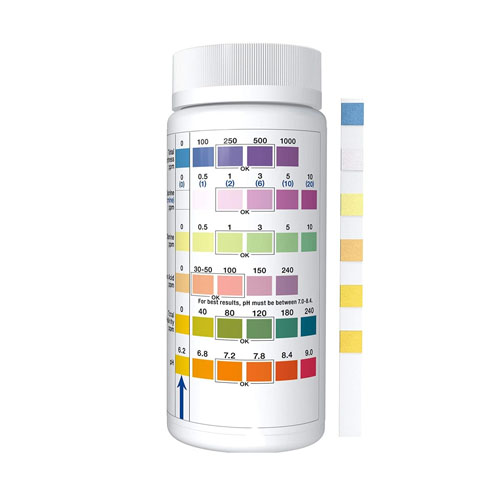
Pros:
Easy to use
Instant results (within 30 seconds)
Inexpensive and portable
Cons:
Not as accurate as drop test
Color interpretation can be subjective
Tip:
Choose high-quality test strips that provide clear color patches and accurate reference drawings. Test strips that remain intact when wet provide more reliable results.
Liquid Test Kits
How it works:
Drop a certain amount of test reagent (usually DPD #1 and DPD #3) into the water sample. The color of the drop indicates the chlorine level.
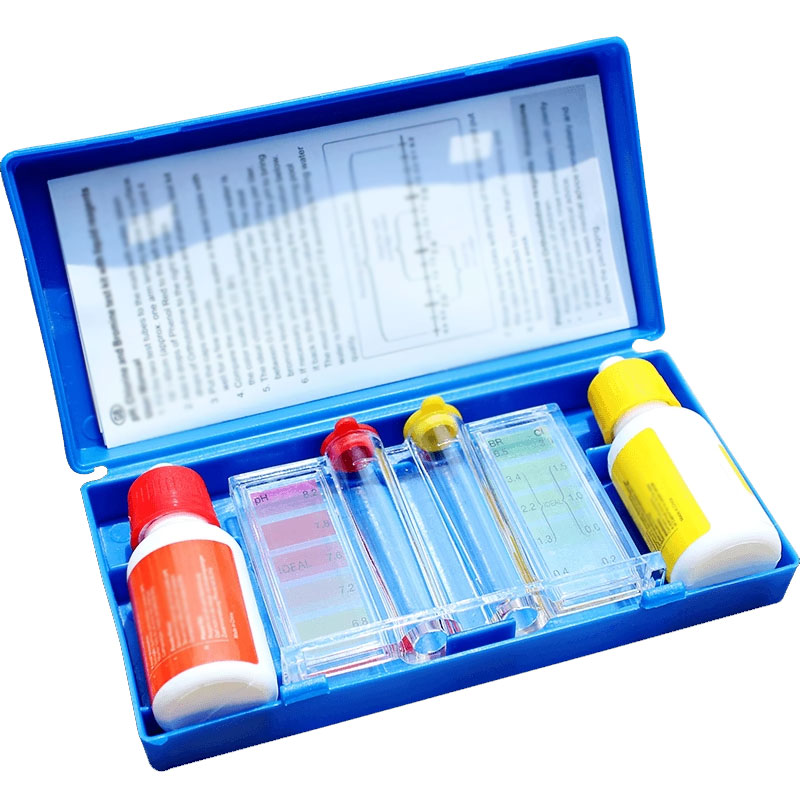
Pros:
More accurate than test strips
Measures both free and total chlorine
Affordable and suitable for daily use
Cons:
Requires careful handling of reagents
Tip:
To maintain accuracy, store test reagents in a cool, dry place. Expired reagents may give misleading results.
Digital Testers
How it works:
Chlorine levels are read electronically using a digital chlorine meter or photometer. Some devices can also measure pH, alkalinity, and more.

Pros:
High accuracy
Easy-to-read digital display
Ideal for commercial or frequent testing
Cons:
High initial cost
May require calibration and maintenance
Tips:
Digital testers are great for large pool operators or those managing multiple water quality parameters.
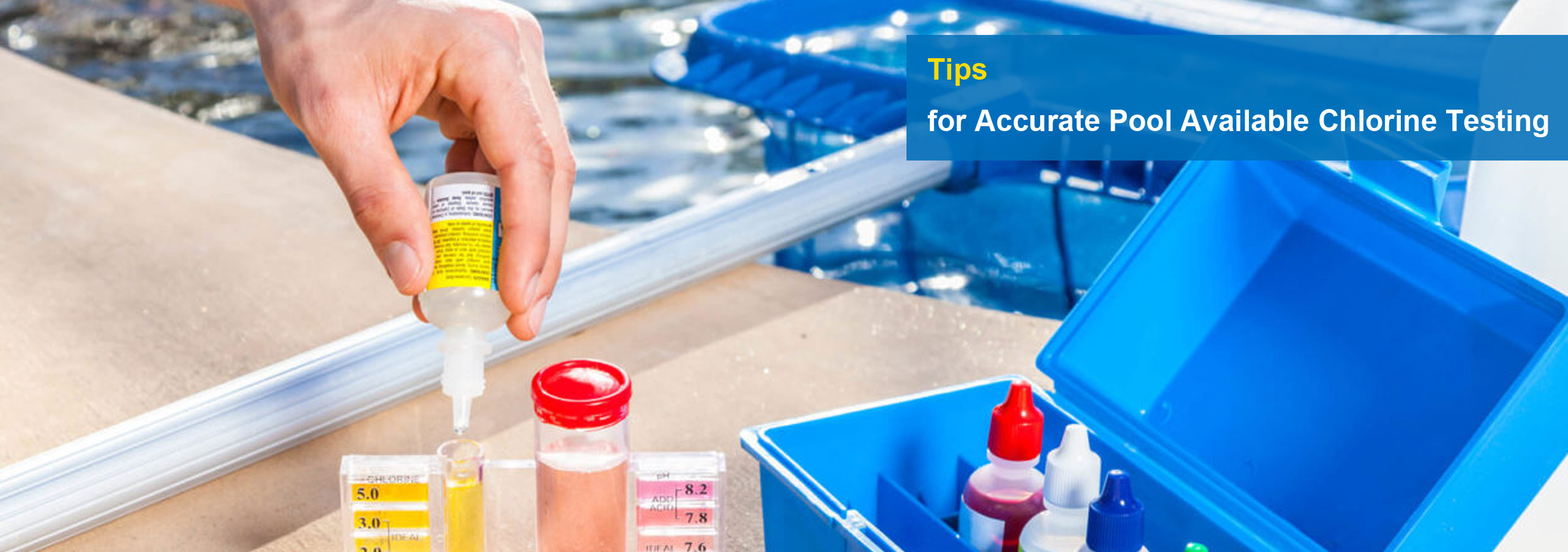
Tips for Accurate Pool Available Chlorine Testing
To ensure reliable readings and safe water quality, follow these expert tips:
Test at the same time each day to ensure consistency.
Take samples 18 inches below the surface of the water and away from backflow nozzles.
Rinse test container with pool water before each test.
Replace expired test kits and test strips regularly.
Test materials should be stored away from sunlight and moisture.
Common Reasons for Fluctuating Chlorine Levels in Your Pool
If you notice erratic chlorine levels, consider the following potential causes:
Sunlight (UV rays): quickly breaks down chlorine, especially in outdoor pools without added stabilizers (cyanuric acid).
Frequent use: The more swimmers you have, the more contaminants you introduce, and the faster chlorine is depleted.
High organic matter content: Leaves, dirt, sunscreen and algae increase the demand for chlorine.
How to replenish when free chlorine is low
When the free chlorine in the pool is detected to be lower than normal, it needs to be replenished in time. Common swimming pool disinfectants include stabilized chlorine (sodium dichloroisocyanurate, trichloroisocyanuric acid), calcium hypochlorite and sodium hypochlorite.
Calcium hypochlorite (CHC) contains about 65%-70% chlorine. It is a strong bactericidal agent and dissolves quickly. It is suitable for pool water disinfection shock. It contains calcium carbonate, which needs to be dissolved and clarified before taking the supernatant for use. It does not contain cyanuric acid. Outdoor pools need to add Cyanuric acid.
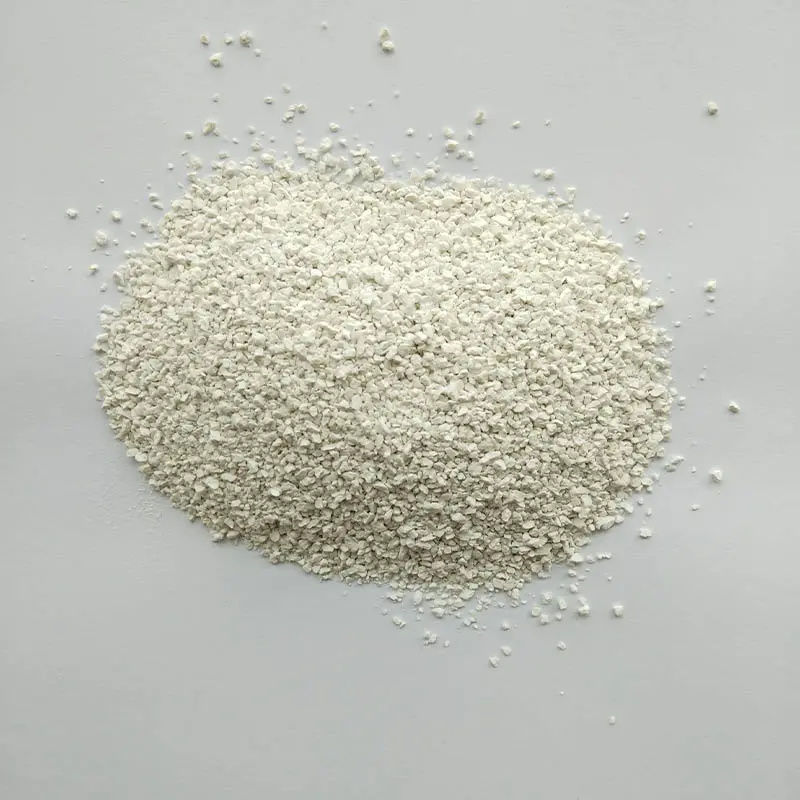
Sodium dichloroisocyanurate (SDIC), effective chlorine content is usually 56%min, 60%min. Dissolves quickly and has a rapid bactericidal effect. Suitable for home swimming pools or shocks. Common forms: granules. Pool shock usually uses granules. Contains cyanuric acid.
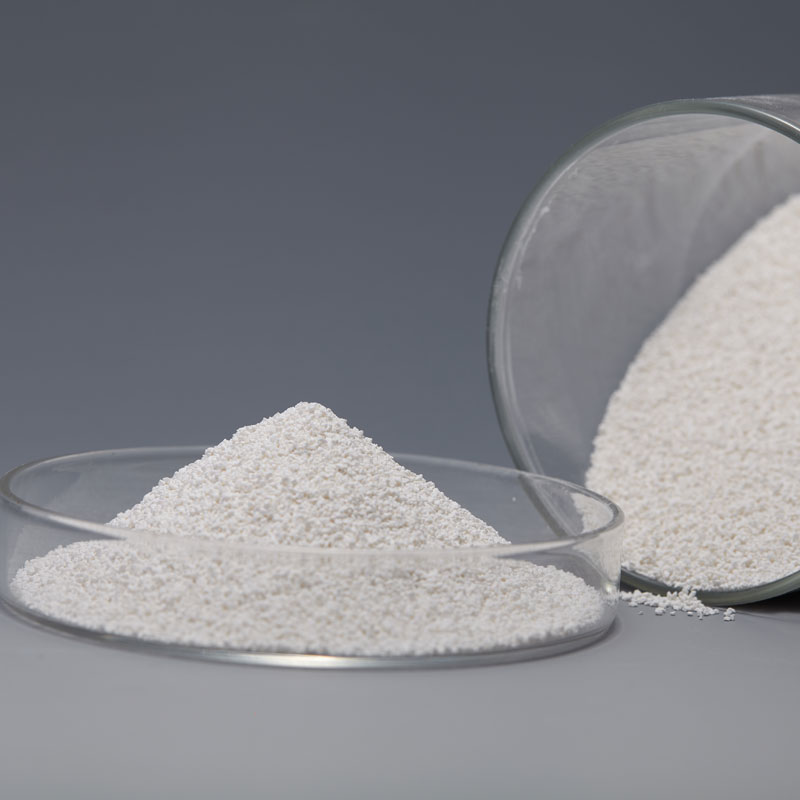
Liquid chlorine (sodium hypochlorite) contains about 10%-12% chlorine. It is mostly used in automatic dosing systems or directly splashed. It has poor storage stability.
The chlorine disinfectant selected is different for different pool types, dosing equipment and regional usage habits. It is mainly selected according to your own needs. Adjust the dosage according to the size of the pool and the current chlorine content.
If algae grow wildly or the combined chlorine exceeds the standard, your pool needs to be shock treated.
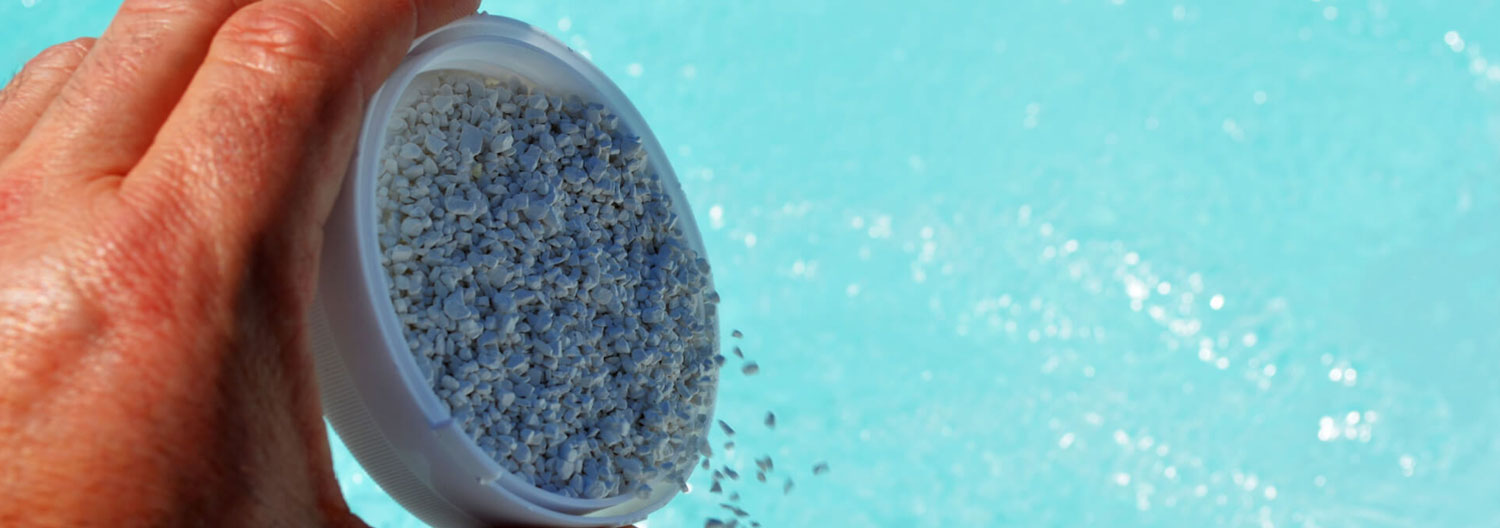
The right way to shock your pool
Perform in the evening: avoid sunlight that breaks down chlorine
Test and adjust pH to 7.2–7.8
Calculate dosage: add 10–15 grams of high-efficiency chlorine per cubic meter of water (refer to instructions)
Close pool for use: no swimming during shock
Open circulation: filter continuously for more than 8 hours
Test free chlorine the next day: pool can only be used after it returns to 1–3 ppm
How often should you check free chlorine in your pool?
How often you test depends on pool use, weather conditions, and the type of disinfectant used. In general:
Home pools: Twice a day
Commercial pools: multiple times a day
After heavy rain or heavy use: immediately
Regular testing helps you adjust chlorine dosage before problems arise.
Whether you use test strips, liquid kits, or electronic meters, continuous monitoring and timely adjustments will help keep your pool healthy. Of course, while testing your pool's chlorine levels, don't forget to test other parameters. Examples include pH and stabilizer (cyanuric acid) levels to support chlorine effectiveness.
Need help choosing the right chlorine test kit or pool disinfectant?
Please contact us - our experts can recommend the best products for your water conditions and provide customized solutions for B2B customers.
Post time: Jun-17-2025



